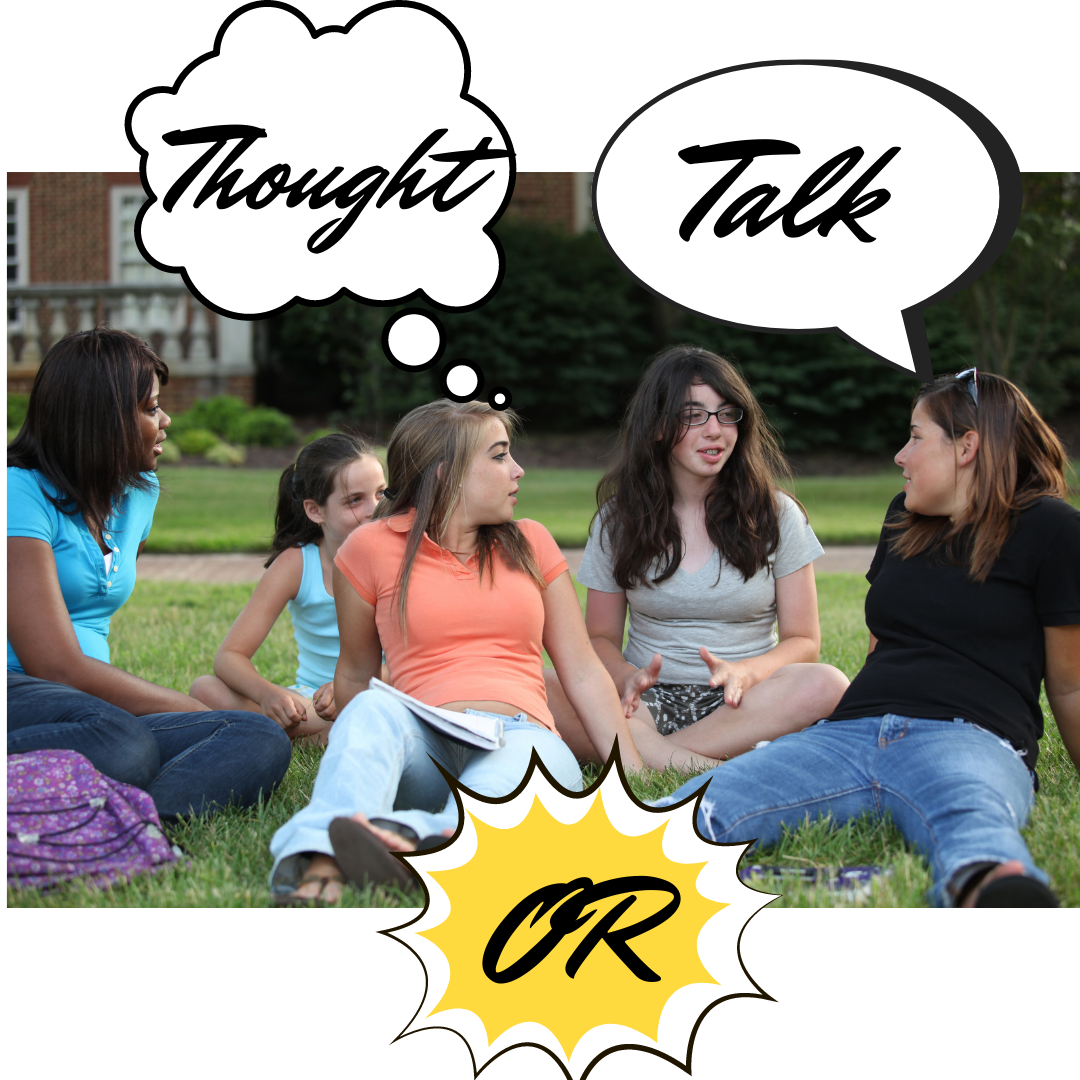WHAT IS SOCIAL GROUP?
What is a social group and who are they for? A social group is where children and teens gather to learn social skills. Social skills are the result of social competency. Social competence refers to social, emotional, cognitive skills, and behaviors that children need for successful social adaptation across environments. Some children do not learn social competency intuitively or from their surroundings. What does this mean? School-age children are surrounded by social interactions and countless opportunities to interact with peers. This allows a child to learn through observation, imitation, and modeling. When a child is not learning social communication and understanding from their environment they may require more intentional instruction. A social group provides this instruction and guidance that can build the child’s confidence.
Dr. Savinelli and I created the Social Mind Center when my son was 10 years old. At that time he had been in speech and language therapy since he was 2 years old. Dr. Savinelli wanted him to have a group where he could practice social communication in a natural environment with guidance. In the group, Nick could practice initiating and sustaining interactions with guidance on language and perspective. When we started the groups he was able to initiate an interaction he needed more practice in sustaining an interaction. Nick would join in a social group setting and participate more with his actions than words. I wanted him to expand his language to build relationships and self-advocacy skills. Most importantly, to me was self-management and advocacy. The social group built his confidence along with social understanding. He also learned to help others struggling with the same weaknesses in communication. He benefited tremendously from helping peers and working with peers to overcome these challenges. This served as a source of empowerment for him.
Our groups target three skills groups:
1.Social language: what words combinations to say and when?
2.Social cognition: the reason why we say and do what we need to do in social situations to meet expectations. The thinking of others and what others are thinking and feeling.
3.Cognitive control (executive function): the self-control/self-regulation to change language and behavior to adapt to the situation.
We start by building attention and interpretation of social situations.
Building attention and observation skills to gather information and learn from social situations.
We also build attention and vocabulary to describe self (self-awareness), their thoughts, words, and actions in these situations.
The group itself self-examines their own and peer behavior allowing them to give each other constructive feedback.
Through different vignettes and videos, the group interprets and determines what is happening and how should one respond based on the assessment of the situation. We also explore several social problems and generate solutions. For example, the difference between bullying and encountering an annoying peer.
In this step, we build perspective-taking and emotional competence. By exploring how emotions impact behavior?
How one’s behavior impacts how others think and feel about you.
How others think and feel about you impacts how they respond to you and your behavior.
This, in turn, impacts also how you feel about yourself.
The cognitive control/self-control piece is probably the most challenging. Adaptation requires the ability to self-regulate in order to adjust to social expectations.
We guide self-awareness of emotions and thoughts.
Self-monitoring of thoughts and emotions may impede the flexibility to adapt.
Adaptation through perspective is the goal of our social groups.
Skill: Social Adaptation
Adapting to continually changing social situations.
Strategy:
Social opportunities, modeling, and instruction in social language, perspective, self-awareness, and control.
Build: Teaching social expectations
It’s always surprising how many of our clients are unaware of the social expectations for everyday scenarios that they find themselves in. As a result, they experience much peer disapproval. Never assume that your child knows the expectations. Here is a common example not all our thoughts are meant to be shared. Some need to stay as thoughts and not be shared. We call this thought vs. talk.


